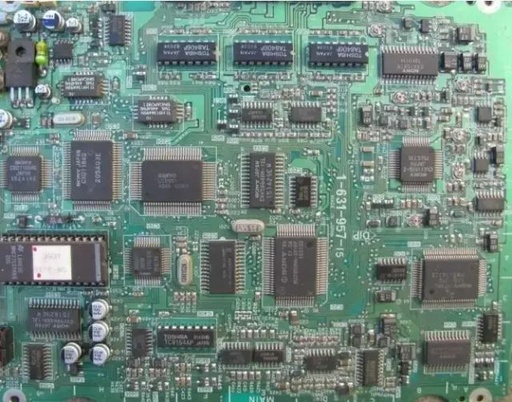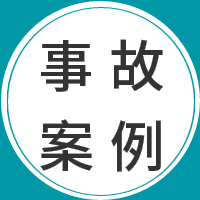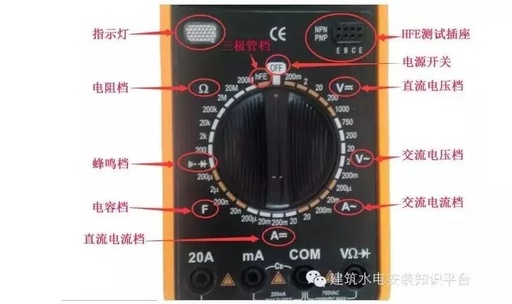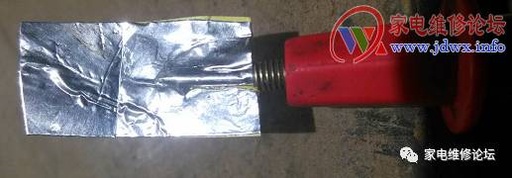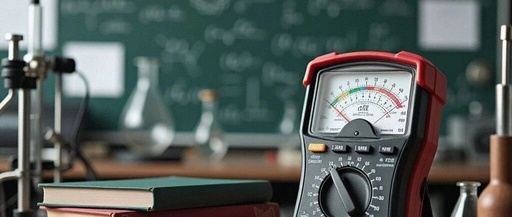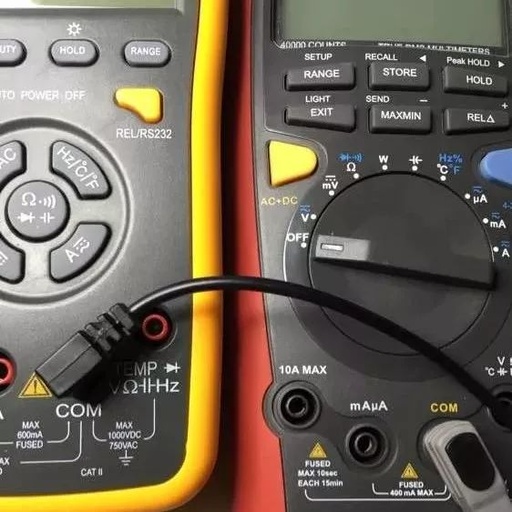Revolutionizing Elevators: The MULTI System
Click the “Practice English Listening“ above to follow me (↑Click above to listen to today’s audio; the audio player now supports pause, fast forward, and rewind functions.) Listening Reference Text ↓↓↓ 1854, the birth of the elevator—this invention changed the way we live. One cabin in one shaft on one rope traveling up and down, … Read more


